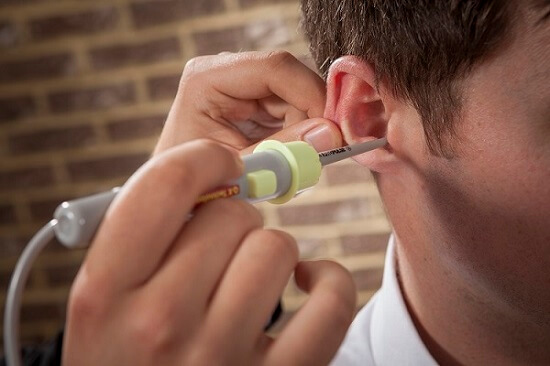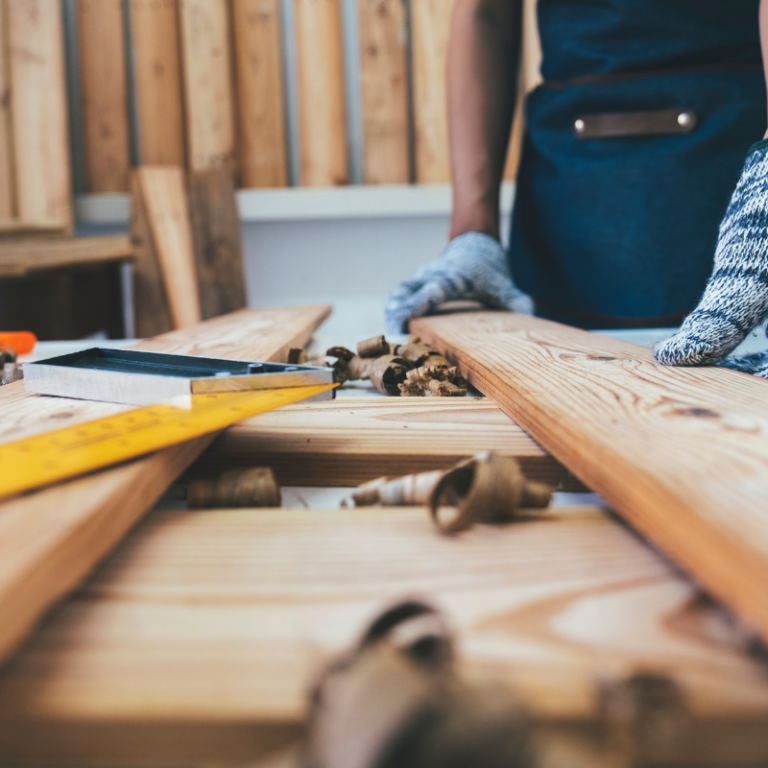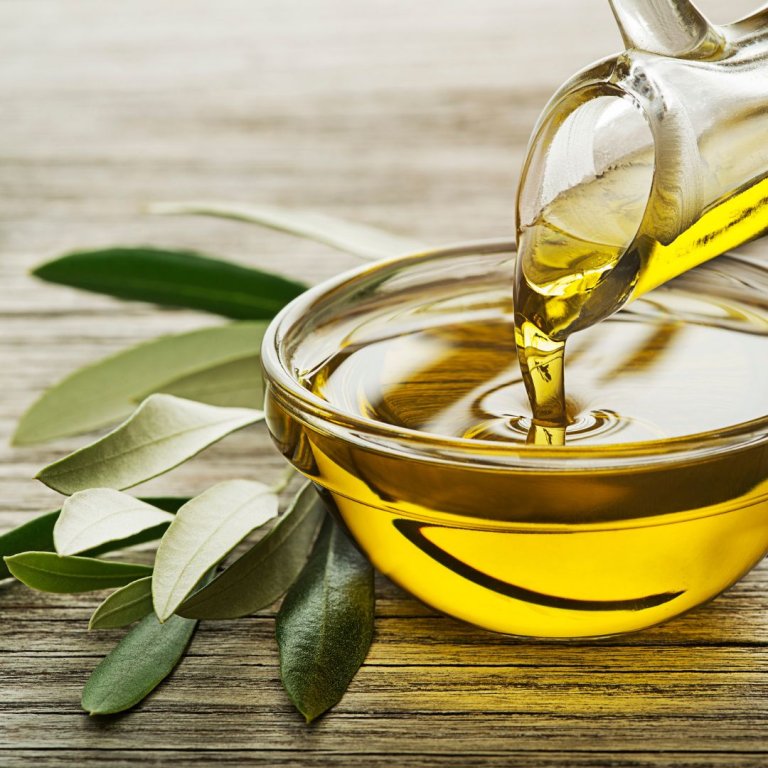Earwax plays an essential role in ear health and can help protect the ear canal and ear drum from debris and foreign bodies as well as harmful bacteria that could lead to infection. Usually, our ears produce the exact right amount of wax to keep our ears clean but sometimes there can be an earwax buildup which can become compacted and can lead to a blockage, causing discomfort or hearing issues.
If you’ve been concerned about earwax issues or are just curious and want to learn more, read on to learn more about ear wax build up and ear wax blockages.



